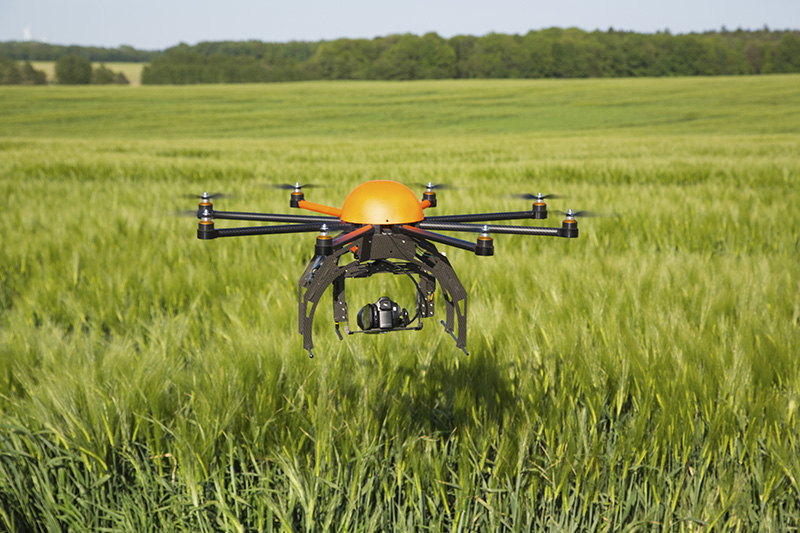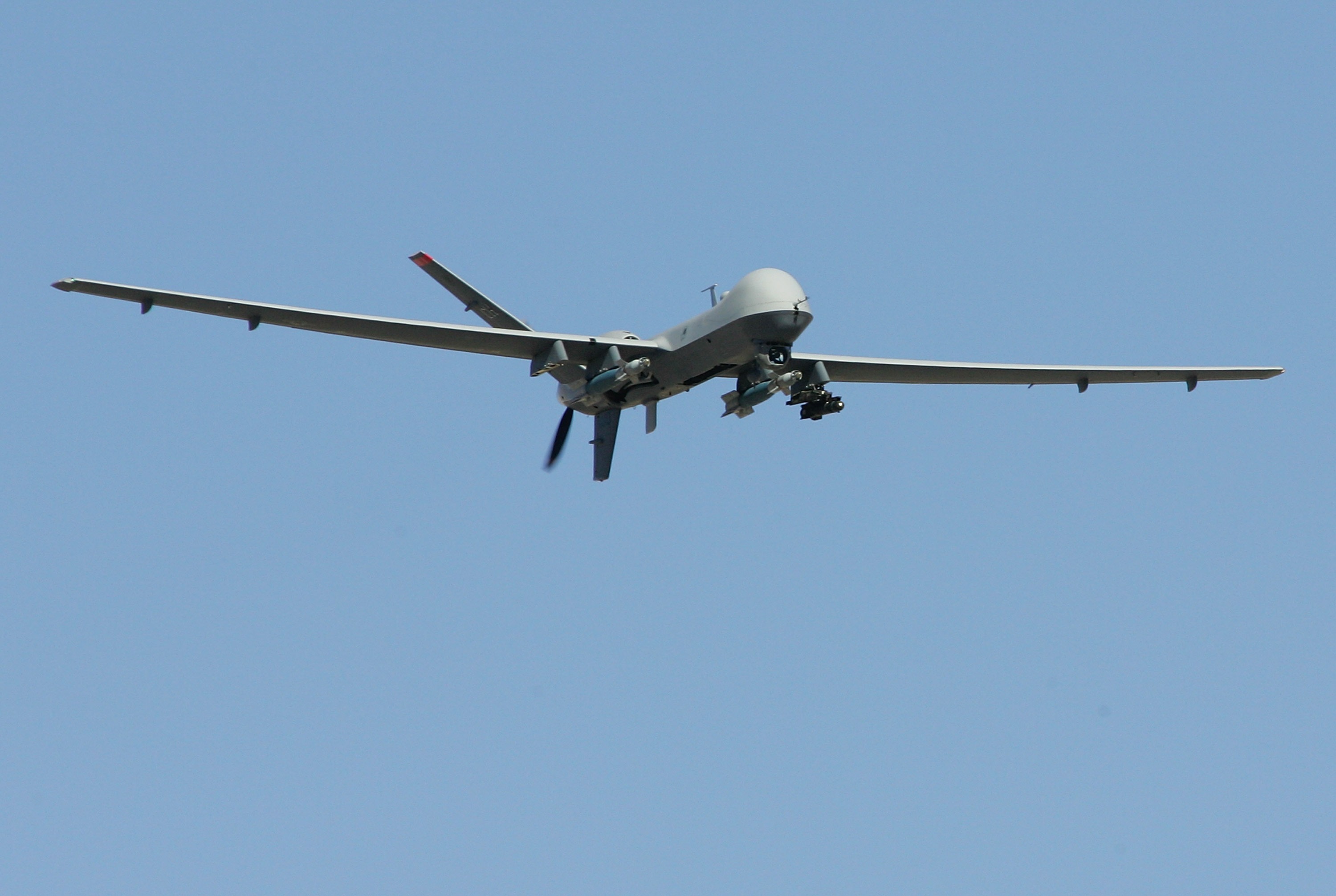Drone, also known as unmanned aerial vehicle (UAV) , is an aircraft designed to operate without a pilot on board. Various armed forces or law enforcement agencies use drones for surveillance or reconnaissance (information-gathering). Smaller drones with video cameras have many commercial uses and are also popular among hobbyists.
Drones are useful for accessing areas that are difficult to reach. They are often safer, less expensive, and more efficient than sending a piloted aircraft in many situations. Recreational drones meant for home use are easy to fly with some practice. However, many commercial and recreational drones have difficulty automatically avoiding obstacles, have a short battery life, and are easily broken.

Drones come in various shapes and sizes with many different designs. Some drones are small enough to fit in the palm of a person’s hand, while others can be the size of a small airplane . Some designs use a single rotor, a fixed-wing, or a hybrid of rotors and wings. Aerial drones often have multiple rotors, such as quadcopters, which have four rotors. A rotor resembles a propeller that is parallel to the ground. However, the rotor is actually a rotating wing that provides lift. People use radio-controls on a smartphone or a high-tech controller to pilot a drone or load instructions for it to fly autonomously (without a human in control). This device can operate the drone; keep track of its height, speed, and battery-charge; provide a view from an on-board camera; and collect data from sensors carried on the drone.
In agriculture, farmers use drones to inspect and monitor crops for drought, plant nutrient needs, and disease. After disasters , emergency response teams may use drones to conduct search and rescue and survey damaged homes. Scientists use drones to monitor regions for potential landslides, volcanic eruptions, landscape erosion, and flooding. Other uses for drones include collecting samples from tree canopies or animals; monitoring bird populations; making detailed topographic maps; mapping migration passages; collecting air samples; and spotting poachers at night. Scientists even use drones for underwater studies. 
Drones have many commercial purposes such as building safety inspection, aerial photography for real estate, marketing, sporting events, and for mapping and surveying. Some companies plan to use drones to deliver medical supplies and small packages. Many schools use drones as a learning tool to explore the environment and the engineering of drone flight.
The earliest types of UAVs were unmanned balloons and kites . They were first flown in the late 1800’s for military and civilian uses. Through the 1900’s, radio-controlled aircraft and other drones were primarily built for military purposes to take photos and gather information about enemy locations, to act as decoys during a battle, and to launch bombs and missiles. Countries around the world continue to use drones for military purposes. 
